Home>Articles>How Do I Know If My Extension Cord Is Surge Protected
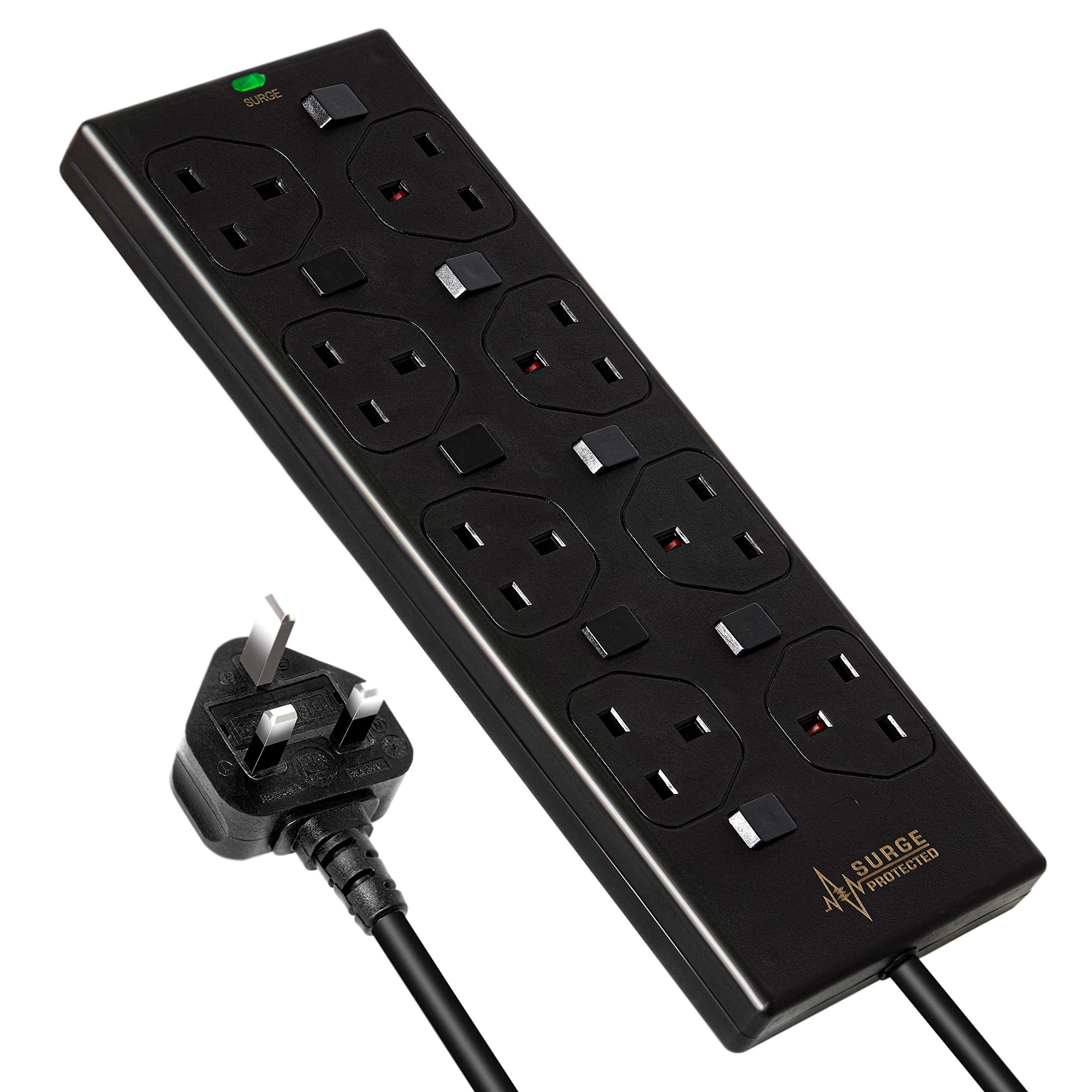

Articles
How Do I Know If My Extension Cord Is Surge Protected
Modified: February 22, 2024
Learn how to determine if your extension cord is surge protected in this informative article. Keep your devices safe and secure with the right equipment.
(Many of the links in this article redirect to a specific reviewed product. Your purchase of these products through affiliate links helps to generate commission for Storables.com, at no extra cost. Learn more)
Introduction
When it comes to using electrical devices and appliances, safety should always be a top priority. One essential aspect of electrical safety is protecting your devices from power surges. Power surges can occur for various reasons, such as lightning strikes, fluctuations in the power grid, or even faulty wiring. These surges can damage your devices and potentially lead to costly repairs or replacements.
To safeguard your devices from power surges, it is crucial to have surge protection in place. While most people are aware of surge protectors for their computers or home entertainment systems, many may not realize that extension cords can also provide surge protection. Utilizing a surge-protected extension cord can offer an additional layer of safety and prevent damage to your valuable electronics.
In this article, we will explore the importance of surge protection for extension cords and how to determine if your extension cord is surge protected. We will also discuss the various signs to look out for and how to test the surge protection capabilities of an extension cord. Let’s dive in and ensure that your devices are protected against power surges.
Key Takeaways:
- Surge-protected extension cords are essential for safeguarding devices from power surges, offering convenience and flexibility while minimizing the risk of damage to valuable electronics.
- Look for surge protection labels, joule ratings, and indicator lights when choosing surge-protected extension cords, and periodically test their surge protection capabilities for optimal device safety.
Read more: What Electrical Cord Do I Need For My RV
Understanding Surge Protection
Before delving into surge protection for extension cords, it is important to understand the basics of surge protection. A power surge is a sudden increase in electrical voltage that exceeds the normal level flowing through an electrical circuit. These surges can range in duration and intensity and can be caused by various factors, including lightning strikes, utility grid issues, or the operation of high-powered electrical equipment.
Surge protection devices (SPDs) are designed to divert excess voltage away from sensitive electrical devices and appliances, preventing potential damage. These devices act as a barrier between the power source and the connected devices, absorbing or redirecting the excess voltage to protect them from harm.
There are different types of surge protection devices, including surge protectors and surge-protected extension cords. Surge protectors typically have multiple outlets and are designed to protect a group of devices plugged into them. On the other hand, surge-protected extension cords, as the name suggests, are extension cords that provide surge protection for the devices connected to them.
When a power surge occurs, the surge protection device detects the excess voltage and activates its internal circuitry to redirect the excess electricity safely away. This ensures that only the normal voltage reaches the connected devices, protecting them from potential damage.
It is important to note that surge protection devices have a limited capacity to handle power surges. They are designed to absorb and redirect a certain amount of excess voltage. When this capacity is exceeded, the surge protection device may become less effective or even fail to provide adequate protection. Therefore, it is crucial to choose surge protection devices and extension cords with appropriate joule ratings and response times to meet the specific needs of your devices.
Importance of Surge Protection for Extension Cords
Surge protection for extension cords is often overlooked, but it plays a vital role in safeguarding your electrical devices and appliances. Extension cords are commonly used to provide power to various devices, especially in situations where the nearest power outlet is far away. However, without surge protection, these extension cords can leave your devices vulnerable to power surges and potential damage.
When you connect your devices to an extension cord without surge protection, any power surges that occur can directly affect your devices. This is especially risky for sensitive electronic equipment like computers, televisions, gaming consoles, and other gadgets. A power surge can cause permanent damage to the internal components of these devices, rendering them inoperable or requiring expensive repairs.
By utilizing surge-protected extension cords, you can significantly reduce the risk of damage caused by power surges. These extension cords are designed to absorb and redirect excess voltage safely away from your connected devices. This additional layer of surge protection acts as a barrier, ensuring that only the standard voltage reaches your devices, thus minimizing the chances of damage.
Moreover, surge-protected extension cords offer convenience and flexibility in powering multiple devices at once while maintaining their safety. They typically come equipped with multiple outlets, allowing you to connect multiple devices simultaneously without compromising on surge protection. This can be particularly useful in areas where accessible power outlets are limited, such as in home offices, entertainment centers, or workshops.
Additionally, surge-protected extension cords provide peace of mind during electrical storms or other instances where power surges are more likely to occur. These surge protection features give you the confidence that your devices are safeguarded against unpredictable voltage spikes, ensuring their longevity and reliable performance.
It is important to note that surge-protected extension cords are not a foolproof solution, and their effectiveness depends on the specific surge protection capabilities and quality of the extension cord. It is recommended to choose surge-protected extension cords from reputable brands and ensure they meet the required safety standards to ensure optimal protection for your devices.
Signs of a Surge-Protected Extension Cord
Identifying whether an extension cord is surge protected is essential to ensure the safety of your devices. While some surge-protected extension cords may have visible indicators, others may require a closer inspection. Here are some signs to look out for when determining if an extension cord offers surge protection:
- Surge Protection Label: Many surge-protected extension cords come with a label or marking indicating their surge protection capabilities. Look for words like “surge protected,” “surge suppressor,” or “surge protector” on the packaging or the cord itself.
- Joule Rating: The joule rating refers to the amount of energy the surge protector can absorb before it becomes less effective. Surge-protected extension cords typically have a higher joule rating compared to regular extension cords. Look for this information on the packaging or in the product specifications.
- Clamping Voltage: The clamping voltage is the voltage threshold at which the surge protector activates and starts diverting excess voltage. Surge-protected extension cords typically have a lower clamping voltage, providing faster response and better protection for your devices. This information is often listed on the packaging or in the product specifications.
- Indicator Lights: Some surge-protected extension cords feature indicator lights that provide a visual indication of their surge protection status. These lights may indicate if the surge protection is active or if the surge protector needs to be replaced.
- UL Certification: Look for the UL (Underwriters Laboratories) mark on the extension cord’s packaging or body. UL certification ensures that the surge-protected extension cord has undergone rigorous testing and meets safety standards.
- Manufacturer’s Warranty: Surge-protected extension cords often come with a manufacturer’s warranty, indicating the confidence the manufacturer has in the product’s surge protection capabilities.
While these signs can help you determine if an extension cord offers surge protection, it is always recommended to consult the product documentation or contact the manufacturer directly for definitive confirmation. Remember, opting for surge-protected extension cords is a worthwhile investment to protect your valuable electrical devices from potentially damaging power surges.
Check the packaging or the cord itself for the words “surge protected” or “UL 1449 listed” to ensure it has surge protection. If in doubt, consult the manufacturer’s specifications.
Testing Surge Protection in an Extension Cord
To ensure that your surge-protected extension cord is functioning correctly and providing adequate surge protection, it is important to test it periodically. Here are a few methods to test the surge protection capabilities of an extension cord:
- Visual Inspection: Begin by conducting a visual inspection of the extension cord. Check for any signs of physical damage such as frayed wires, exposed conductors, or loose connections. Damaged cords may not provide proper surge protection and can pose a safety hazard. If you notice any damage, it is best to replace the extension cord.
- Indicator Lights: If your surge-protected extension cord features indicator lights, check if they are functioning correctly. These lights can provide visual confirmation that the surge protection is active. If the lights are not illuminating or indicating a fault, it may be advisable to replace the extension cord.
- Surge Testing Device: Another option is to use a surge testing device designed specifically for testing surge protection. These devices simulate a power surge and measure how well the surge protector in the extension cord reacts to it. Follow the instructions provided with the testing device to perform the test correctly and interpret the results.
- Plug-in Surge Tester: Plug-in surge testers are widely available and can provide a quick and simple way to test the surge protection of an extension cord. These devices typically have LED lights that indicate if the surge protection is functioning correctly. Follow the instructions provided with the plug-in surge tester to perform the test effectively.
- Surge Event Monitor: If you want a more comprehensive evaluation of your surge-protected extension cord, you can use a surge event monitor. This device measures the voltage and records any surge events that occur over a specific period. By analyzing the recorded data, you can assess how well your extension cord has protected against power surges.
It is important to note that while these testing methods can provide some indication of the surge protection capabilities of an extension cord, they may not guarantee absolute accuracy. If you have concerns about the surge protection of your extension cord or want to ensure the highest level of safety, it is recommended to consult with a qualified electrician or contact the manufacturer for guidance and support.
Read more: How Do I Know If My Ryobi Battery Is Bad
Warranty and Certification
When purchasing a surge-protected extension cord, it is essential to consider the warranty and certification offered by the manufacturer. These factors can give you confidence in the quality and reliability of the product’s surge protection capabilities. Here’s what you should know about warranty and certification:
Warranty: A warranty is a guarantee provided by the manufacturer that the product will perform as expected within a specified period. When it comes to surge-protected extension cords, a warranty can indicate the manufacturer’s confidence in the product and their commitment to customer satisfaction. Check the warranty terms, including the duration and any conditions or limitations. It is advisable to choose an extension cord with a longer warranty period to ensure prolonged protection for your devices.
Certification: Certification ensures that the surge-protected extension cord meets specific safety and performance standards. Look for reliable certification marks, such as UL (Underwriters Laboratories), ETL (Intertek), or CSA (Canadian Standards Association). These certifications indicate that the extension cord has undergone rigorous testing and evaluation to ensure its compliance with industry standards. Choosing a surge-protected extension cord with proper certification can provide peace of mind knowing that the product has met the necessary safety requirements.
When evaluating the warranty and certification of a surge-protected extension cord, consider the reputation and credibility of the manufacturer. Reputable manufacturers are more likely to stand behind their products and provide reliable warranties and certified products.
It is important to understand the terms and conditions of the warranty, including any applicable limitations or exclusions. Some warranties may only cover defects in materials or workmanship, while others may cover surge-related damages to connected devices. Clarify any doubts with the manufacturer or refer to the warranty documentation for a comprehensive understanding of what is covered under the warranty.
Remember, the warranty and certification of a surge-protected extension cord provide reassurance and give you recourse in case of any issues. Consider these factors when making your purchase to ensure that you are selecting a high-quality extension cord that will effectively protect your devices from power surges.
Conclusion
Surge protection for extension cords is a crucial aspect of electrical safety that should not be overlooked. Power surges can occur unexpectedly and cause damage to your valuable devices and appliances. By using surge-protected extension cords, you can significantly reduce the risk of damage caused by power surges and ensure the longevity of your devices.
Understanding surge protection and its importance is essential in making informed decisions when purchasing extension cords. Look for signs of surge protection, such as surge protection labels, joule ratings, and indicator lights, to ensure that the extension cord you choose provides the necessary level of protection for your devices.
Testing surge protection in an extension cord periodically can help identify any issues or faults with the surge protection mechanism. Visual inspection, indicator lights, surge testing devices, plug-in surge testers, or surge event monitors are some of the methods you can use to evaluate the surge protection capabilities of your extension cord.
When selecting a surge-protected extension cord, consider the warranty and certification provided by the manufacturer. A reliable warranty and recognized certification indicate the quality and reliability of the product. These factors provide assurance and peace of mind knowing that you are investing in a surge-protected extension cord that meets safety standards.
In conclusion, surge protection for extension cords is an important aspect of electrical safety. By using surge-protected extension cords, you can safeguard your valuable devices from damage caused by power surges. Stay informed, choose wisely, and regularly test your surge-protected extension cords to ensure optimal protection and peace of mind for your electrical devices.
Frequently Asked Questions about How Do I Know If My Extension Cord Is Surge Protected
Was this page helpful?
At Storables.com, we guarantee accurate and reliable information. Our content, validated by Expert Board Contributors, is crafted following stringent Editorial Policies. We're committed to providing you with well-researched, expert-backed insights for all your informational needs.
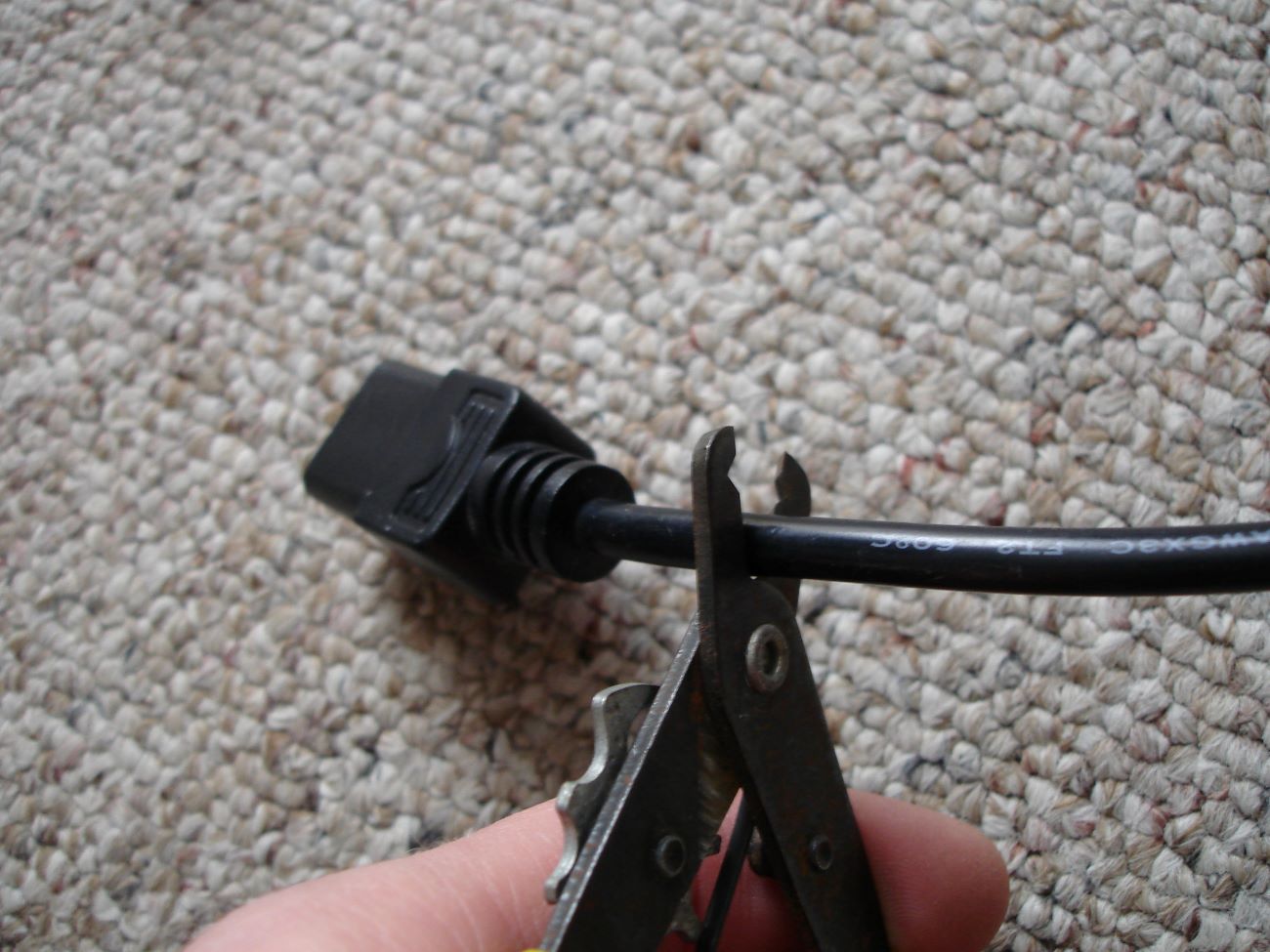


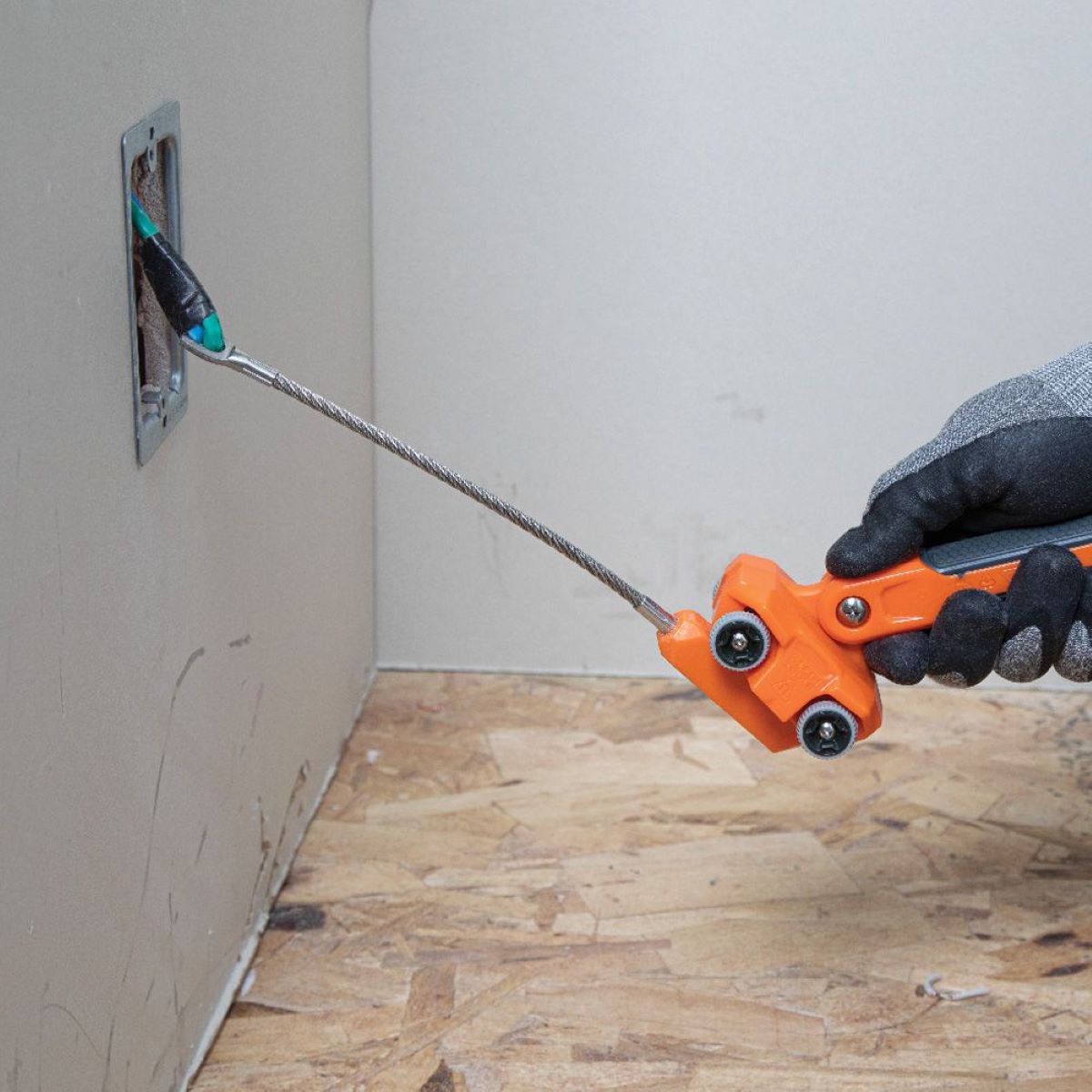
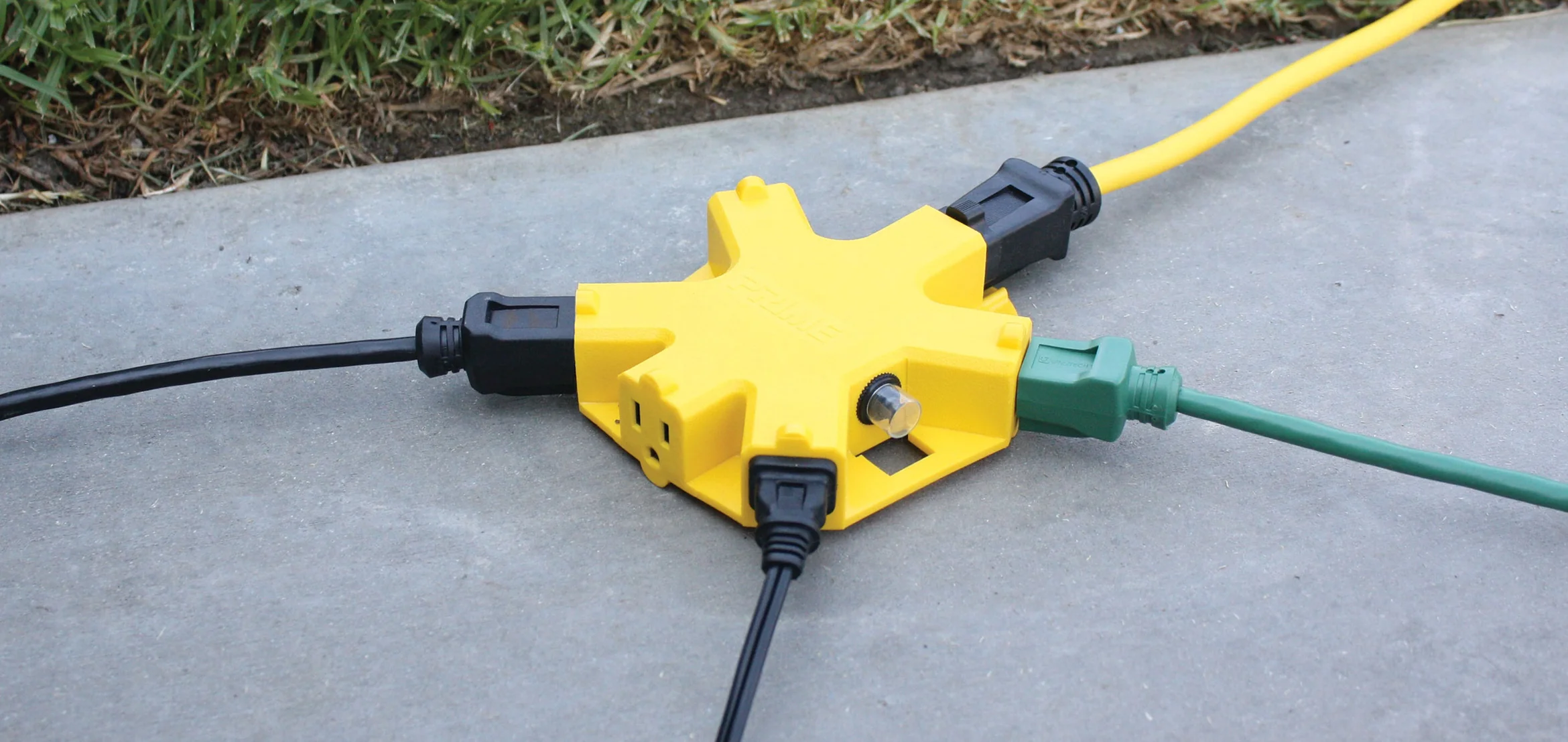
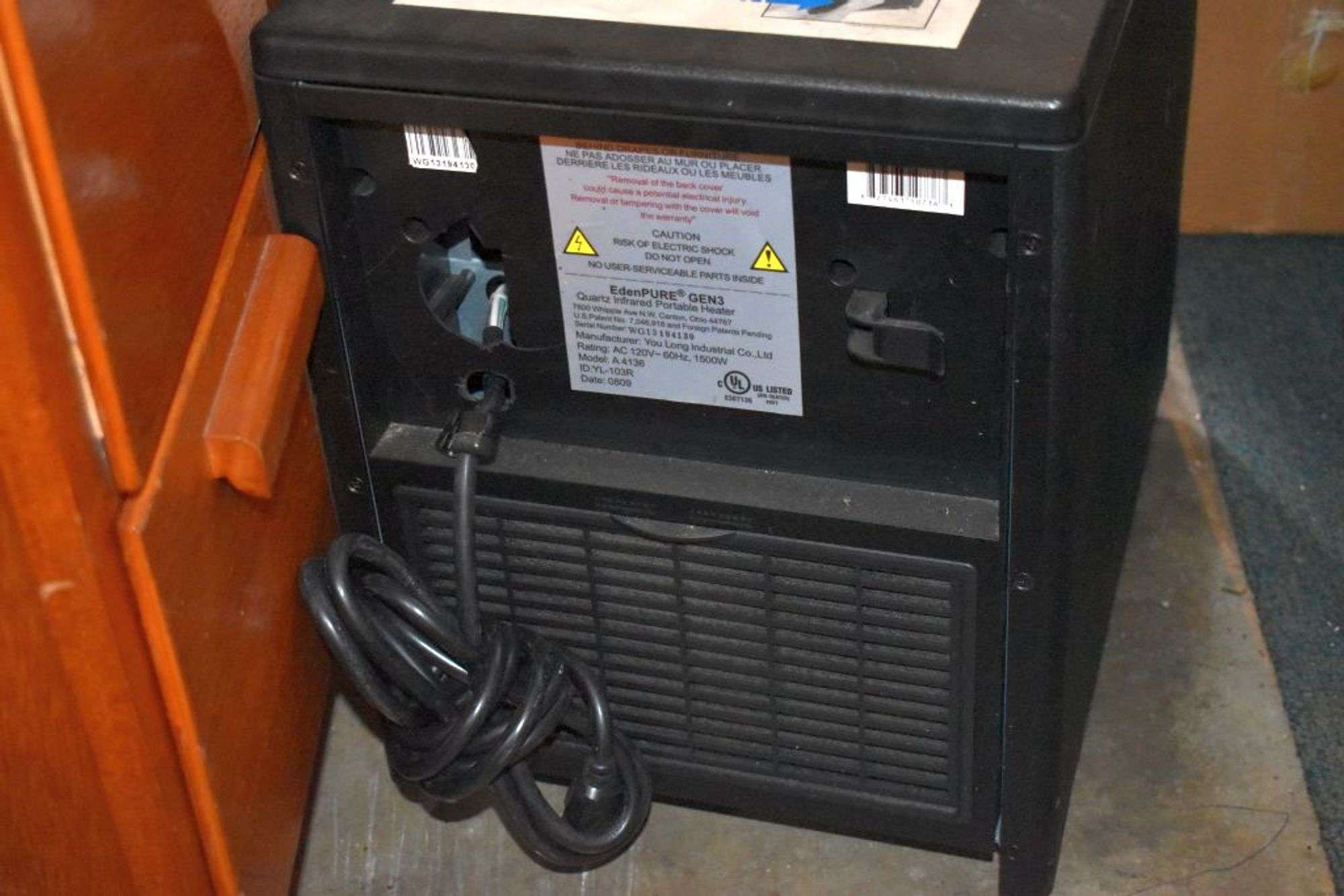

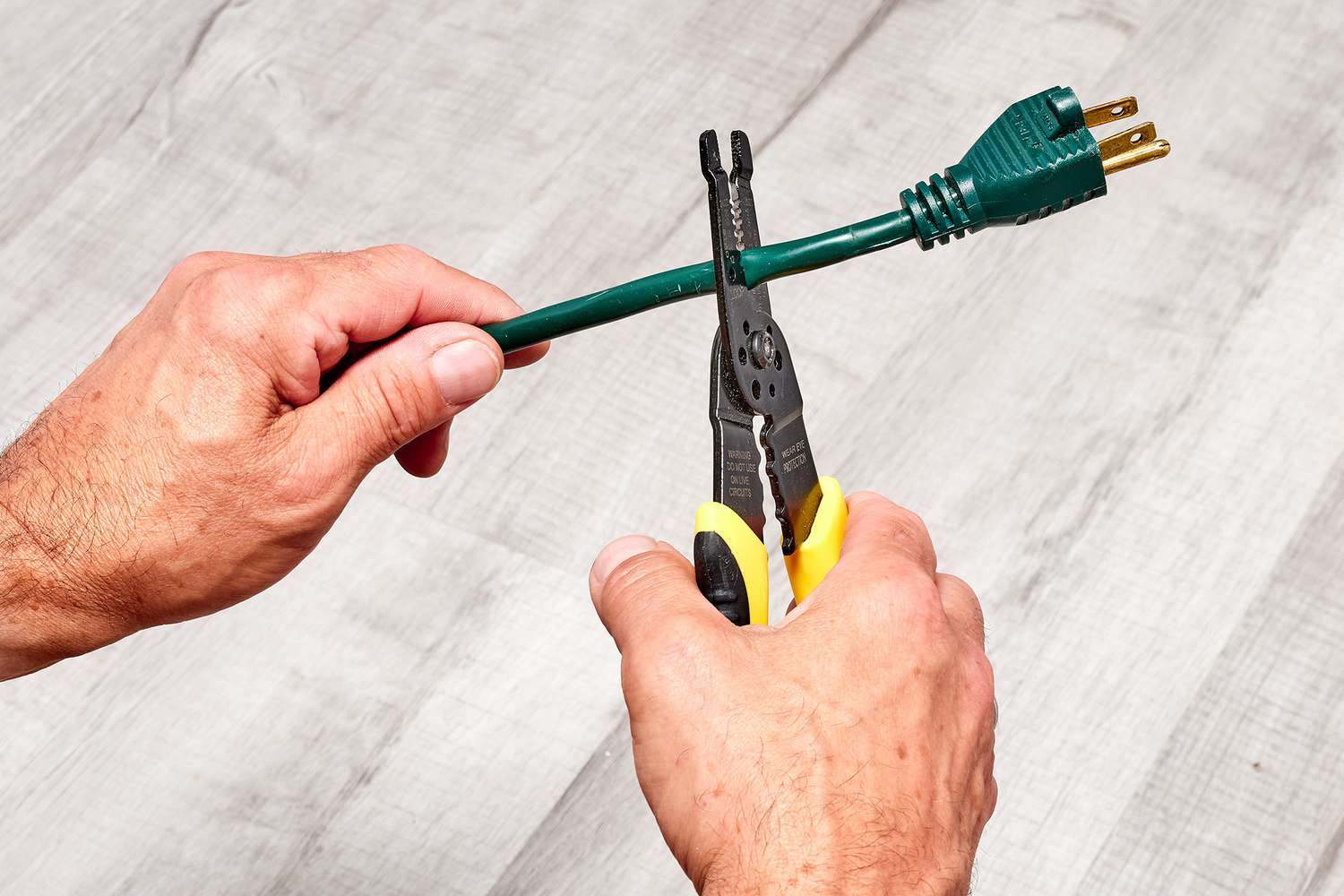
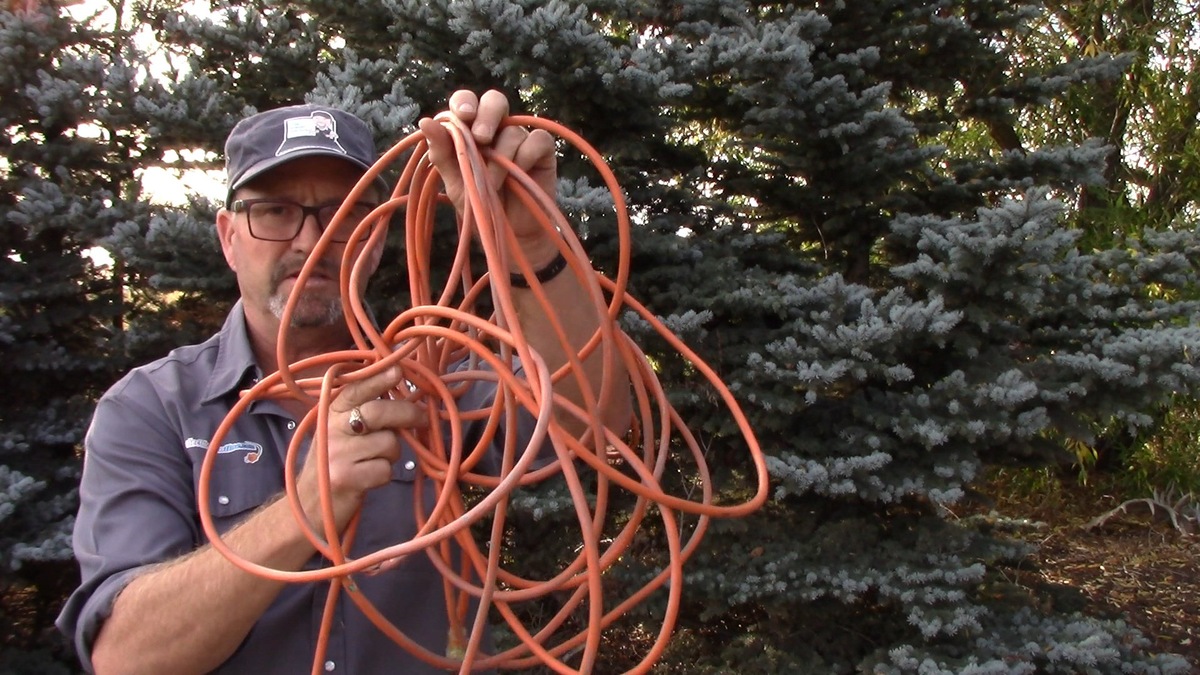
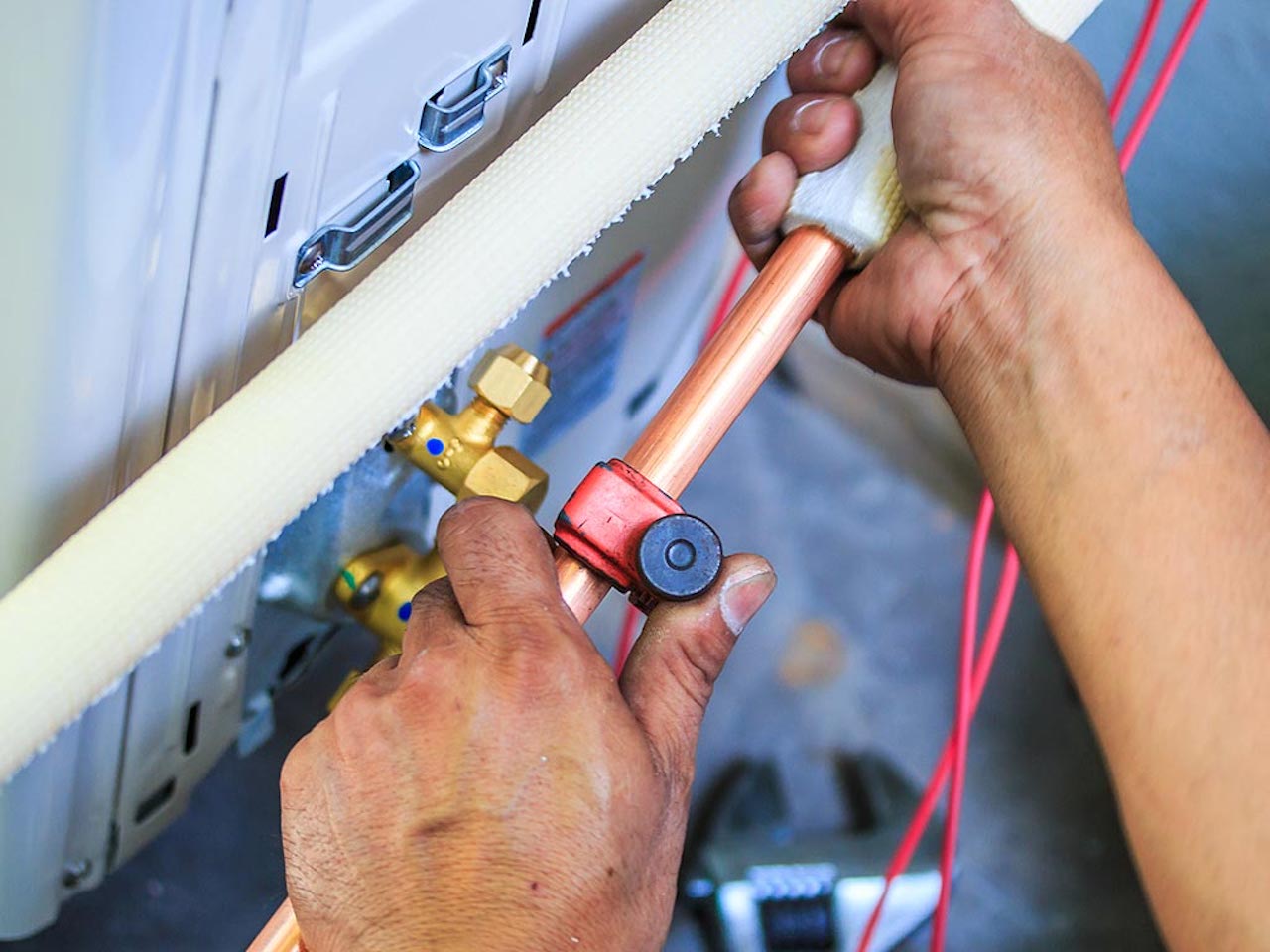
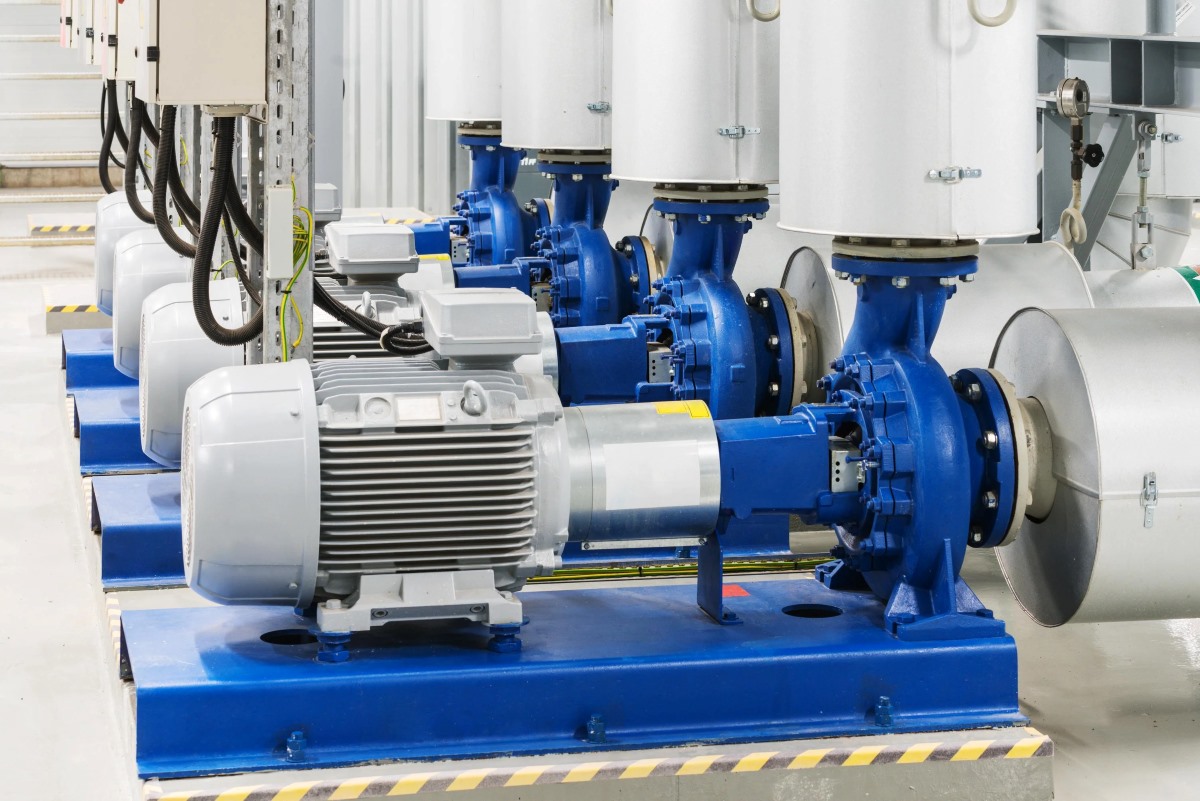
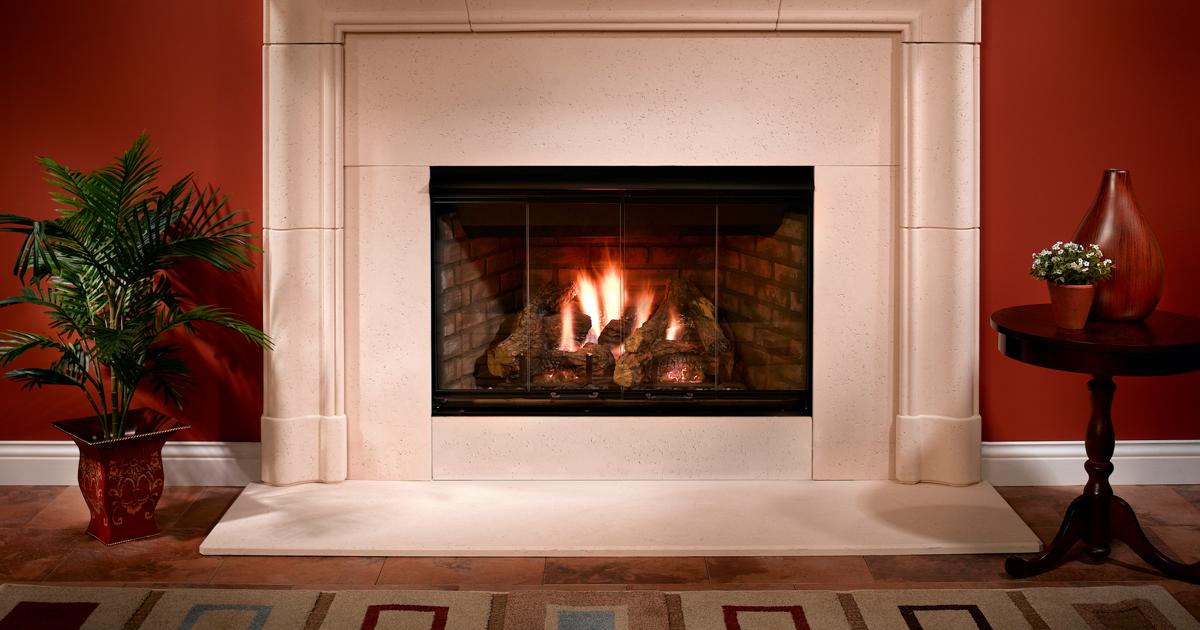
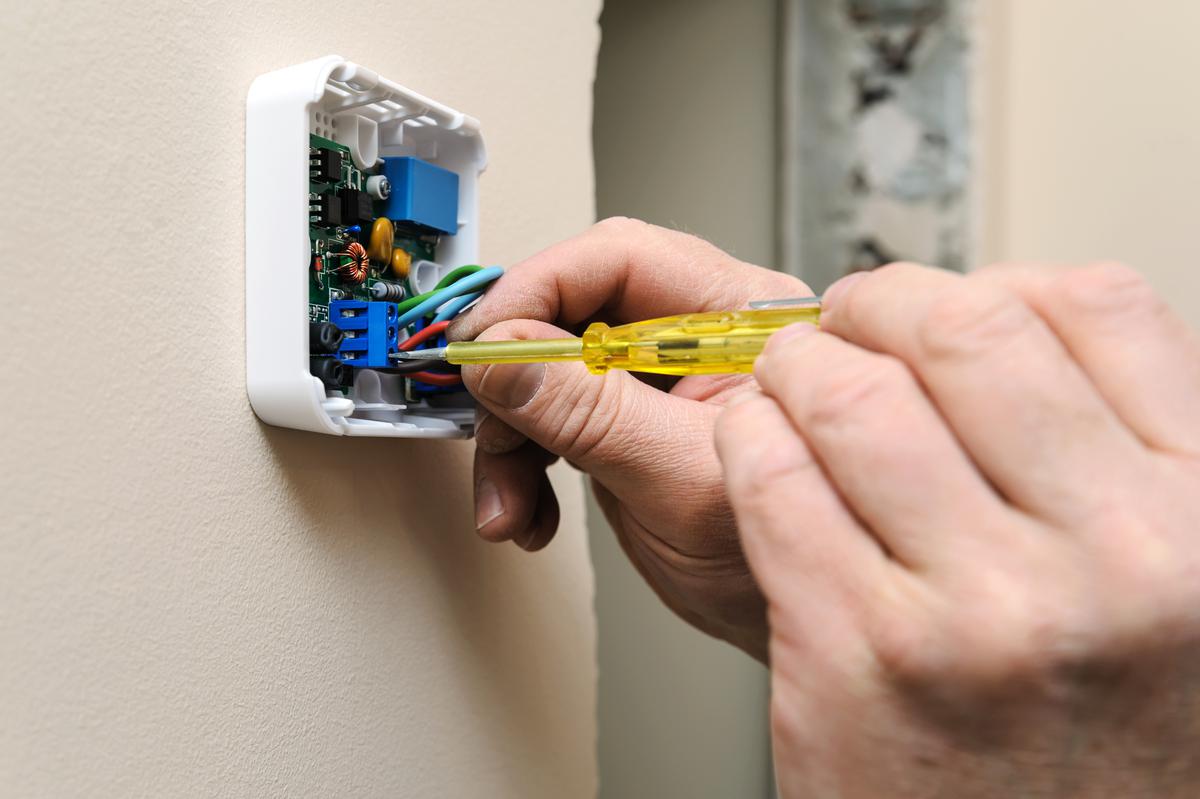


0 thoughts on “How Do I Know If My Extension Cord Is Surge Protected”